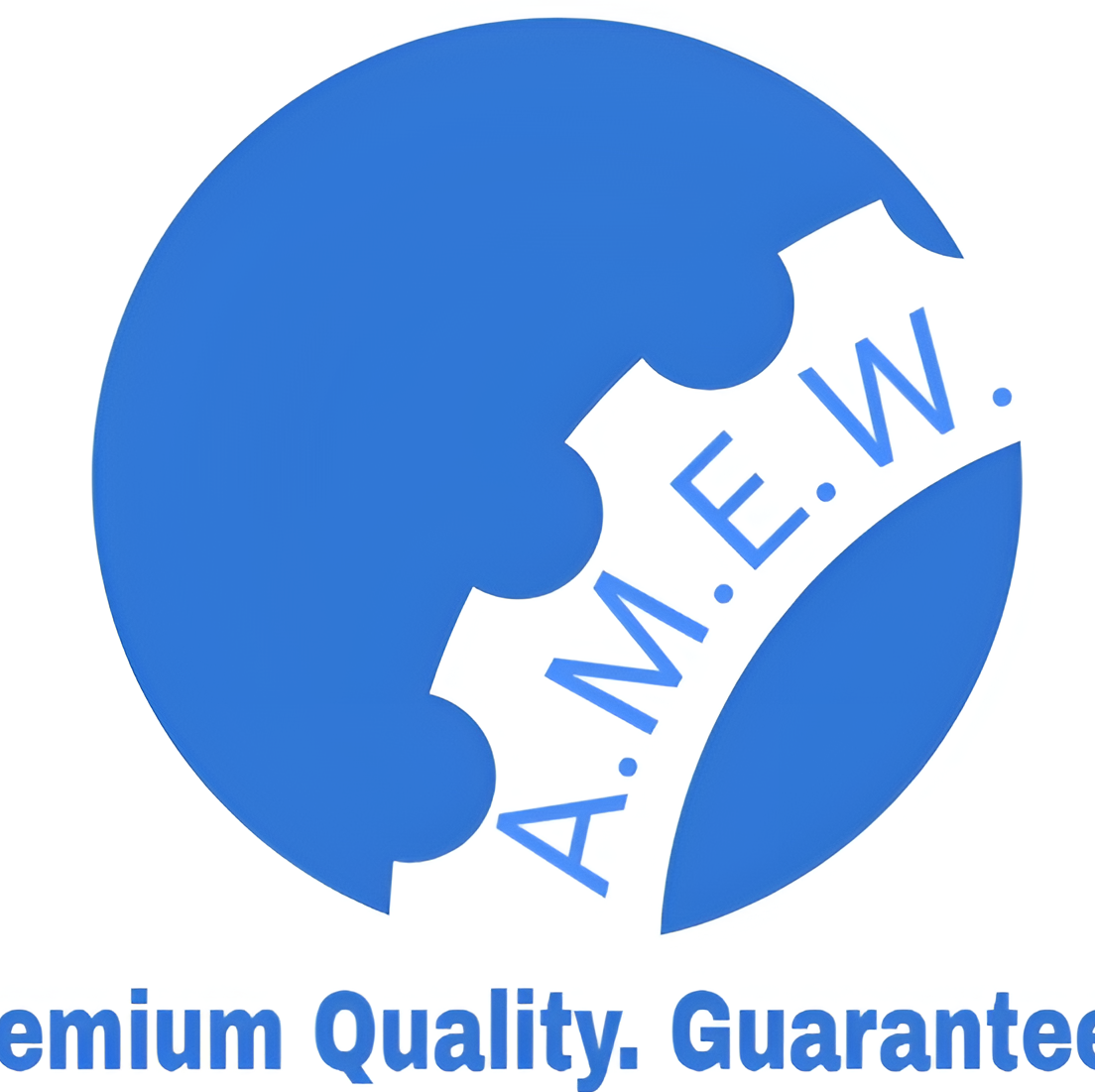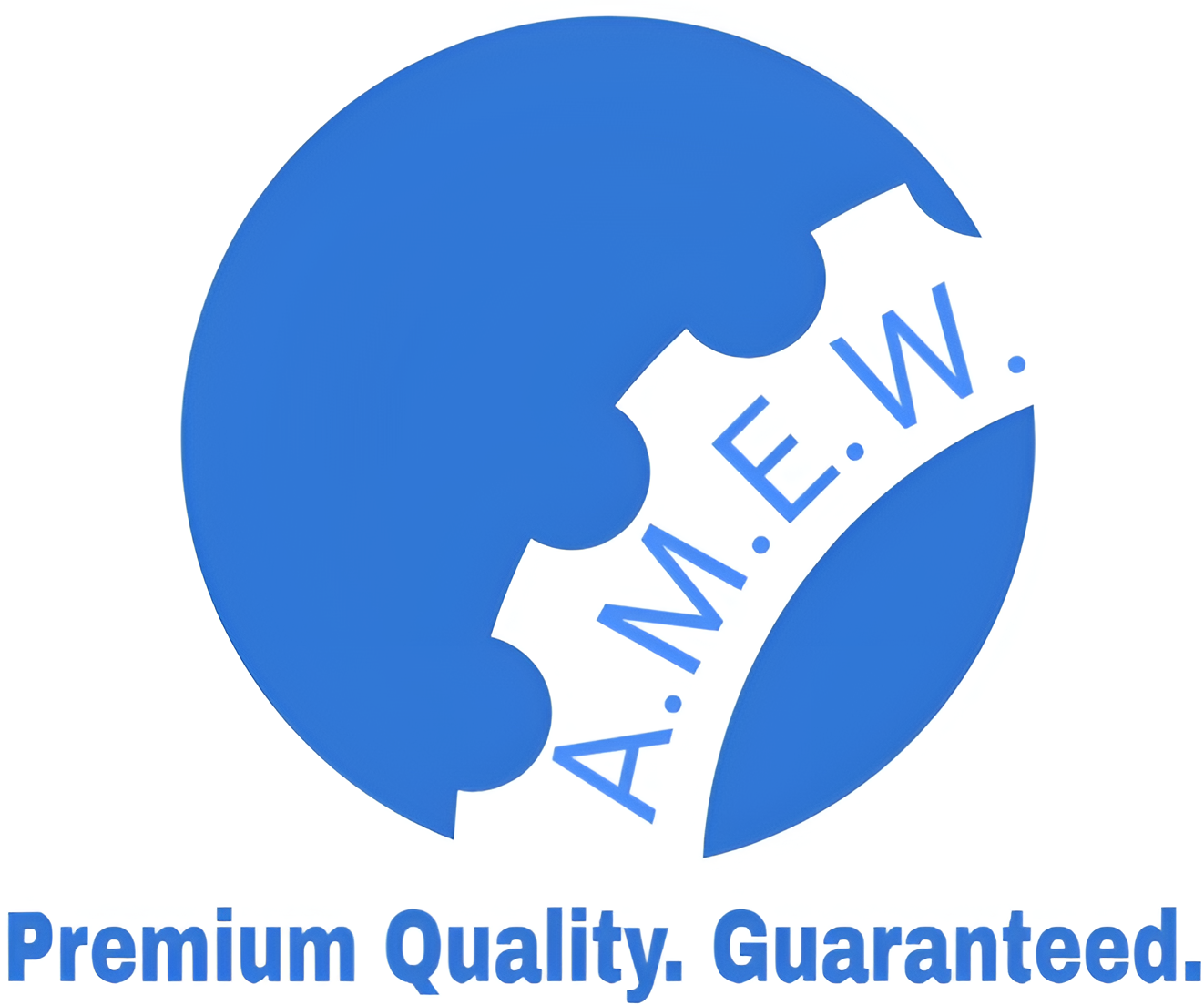The Complete Guide to Finishing Work Rolls in Rolling Mills
Finishing work rolls are an essential component of the rolling mill process, playing a critical role in determining the quality of the final product. Whether you’re a metallurgist, rolling mill operator, or engineer, understanding the materials, treatments, maintenance strategies, and emerging trends for finishing work rolls can significantly enhance productivity and product quality.
This post will explore everything you need to know about finishing work rolls, including the materials used, surface treatments, maintenance practices, troubleshooting common issues, and the innovations shaping their future.
What Are Finishing Work Rolls?
Finishing work rolls are cylindrical tools used in the final stages of the rolling process. Their purpose is to provide the final shape and surface finish to metal sheets, strips, or other rolled products. Precision and consistency are paramount, as finishing work rolls influence the product’s dimensions, texture, and mechanical properties.
These rolls experience intense pressure, extreme temperatures, and repetitive stress, making durability and performance critical factors in their operation. Effective usage of finishing work rolls ensures better surface quality, dimensional accuracy, and extended roll life. Their performance directly impacts production efficiency and product quality.
Materials Used in Finishing Work Rolls
Cast Iron and Cast Steel
The most common materials for finishing work rolls are cast iron and cast steel. Each offers distinct mechanical properties suited to specific rolling mill operations.
- Cast Iron Rolls: These are favored for their excellent wear resistance, high hardness, and reasonable cost. They are commonly used for intermediate and finishing rolling applications.
- Cast Steel Rolls: Known for better strength and toughness, cast steel rolls are used in demanding applications that require greater resistance to shock and fatigue.
High-Speed Steel (HSS)
High-Speed Steel rolls are becoming increasingly popular due to their excellent wear resistance, thermal stability, and ability to withstand high rolling temperatures. HSS rolls often feature carbides in their structure, enhancing their overall performance and lifespan.
Adamite Rolls
Adamite rolls are a hybrid of cast iron and steel. They combine the strength of steel with the wear resistance of cast iron, making them a versatile choice for various rolling mill applications.
Choosing the right material depends on factors like the rolling process, type of metal being rolled, and specific production requirements. Consulting with material experts can help in selecting the best option for your mill.
Surface Treatments and Coatings
Surface treatments significantly impact the performance and lifespan of finishing work rolls. The following techniques are commonly employed to improve roll performance:
Induction Hardening
This process involves heating the roll’s surface using an electromagnetic field followed by rapid cooling. Induction hardening improves surface hardness and wear resistance while retaining core toughness.
Chromium Coating
Chromium plating enhances the surface’s resistance to corrosion, wear, and high temperatures. This coating also ensures a smoother surface finish, which is vital for achieving high-quality rolled products.
Tungsten Carbide Coatings
Tungsten carbide coatings are applied through thermal spraying techniques. These coatings are highly wear-resistant and are especially effective for handling abrasive materials.
Texturing
Surface texturing modifies the finish of a roll’s surface to achieve specific product results, such as increased friction or improved material grip. Techniques like shot blasting or electro-discharge texturing (EDT) are often used.
Each surface treatment or coating serves a specific purpose, and selecting the right one depends on the application and material being rolled.
Maintenance and Best Practices
Proper maintenance of finishing work rolls is critical for ensuring their longevity and consistent performance. Here are some best practices:
- Cleaning: Keep rolls free from debris, scale, and lubrication residues. Contaminants can cause uneven wear and surface imperfections.
- Regular Inspections: Inspect rolls for signs of wear, cracks, or deformation. Early detection of issues can prevent downtime and extend roll life.
- Lubrication: Use the correct type and amount of lubrication to reduce friction and thermal stresses.
- Balancing: Ensure that rolls are balanced to avoid vibration and uneven wear during operation.
- Storage: Store rolls in a clean, dry, and temperature-controlled environment. Exposure to moisture or drastic temperature changes can lead to corrosion and reduced roll quality.
Applying these preventive maintenance measures can minimize downtime, reduce replacement costs, and maximize productive efficiency.
Troubleshooting Common Issues
Even the best-maintained finishing work rolls can encounter problems. Here’s how you can troubleshoot some of the most common issues:
Uneven Wear
Cause: Misalignment, improper lubrication, or contaminated material.
Solution: Re-align the rolls, ensure optimal lubrication practices, and thoroughly inspect materials before rolling.
Surface Cracks
Cause: Excessive heat or stress concentration on the roll’s surface.
Solution: Adjust cooling systems, monitor rolling temperatures, and reduce rolling friction as needed.
Chatter Marks
Cause: Vibrations or harmonic resonance during rolling.
Solution: Check roll balancing and alignment, ensure the mill stands are free of excessive vibrations, and implement damping methods.
Corrosion
Cause: Poor storage practices or exposure to harsh chemicals.
Solution: Apply anti-corrosion coating and follow proper roll storage guidelines.
By addressing these issues proactively, you can maintain consistency in product quality and reduce costly production halts.
The Future of Finishing Work Rolls
The finishing work roll industry is evolving rapidly, with advancements in materials, surface engineering, and artificial intelligence (AI) driving innovation. Here are some trends shaping the future:
Advanced Materials
New roll materials are being developed to further enhance wear resistance, heat tolerance, and longevity. For example, nano-structured alloys and composite materials are being explored.
Smart Roll Technology
Integration of sensors in rolls allows real-time monitoring of temperature, wear, and alignment. These smart rolls can provide actionable data for predictive maintenance and process optimization.
Sustainable Practices
There is growing emphasis on sustainable roll production, including recycling old rolls, reducing chemical usage during coating processes, and enhancing energy efficiency in roll manufacturing.
AI and Machine Learning
AI algorithms are now being used to predict wear patterns, optimize rolling mill setups, and even suggest adjustments in real time to ensure flawless rolling operations.
Investing in these technologies can help enterprises achieve greater efficiency, reduced maintenance costs, and superior product quality.
Enhance Your Operations with High-Quality Work Rolls
Finishing work rolls are the backbone of the rolling process. By choosing the right materials, employing advanced surface treatments, maintaining rolls diligently, and leveraging emerging technologies, metallurgical professionals and rolling mill operators can ensure optimal performance and product quality.
The future of finishing work rolls is bright, with innovations promising unprecedented efficiency and sustainability. Staying updated with these advancements will prepare your organization for the challenges of tomorrow.
For further insights and recommendations, consider reaching out to roll manufacturers or industry experts who specialize in solutions tailored to your specific needs.

